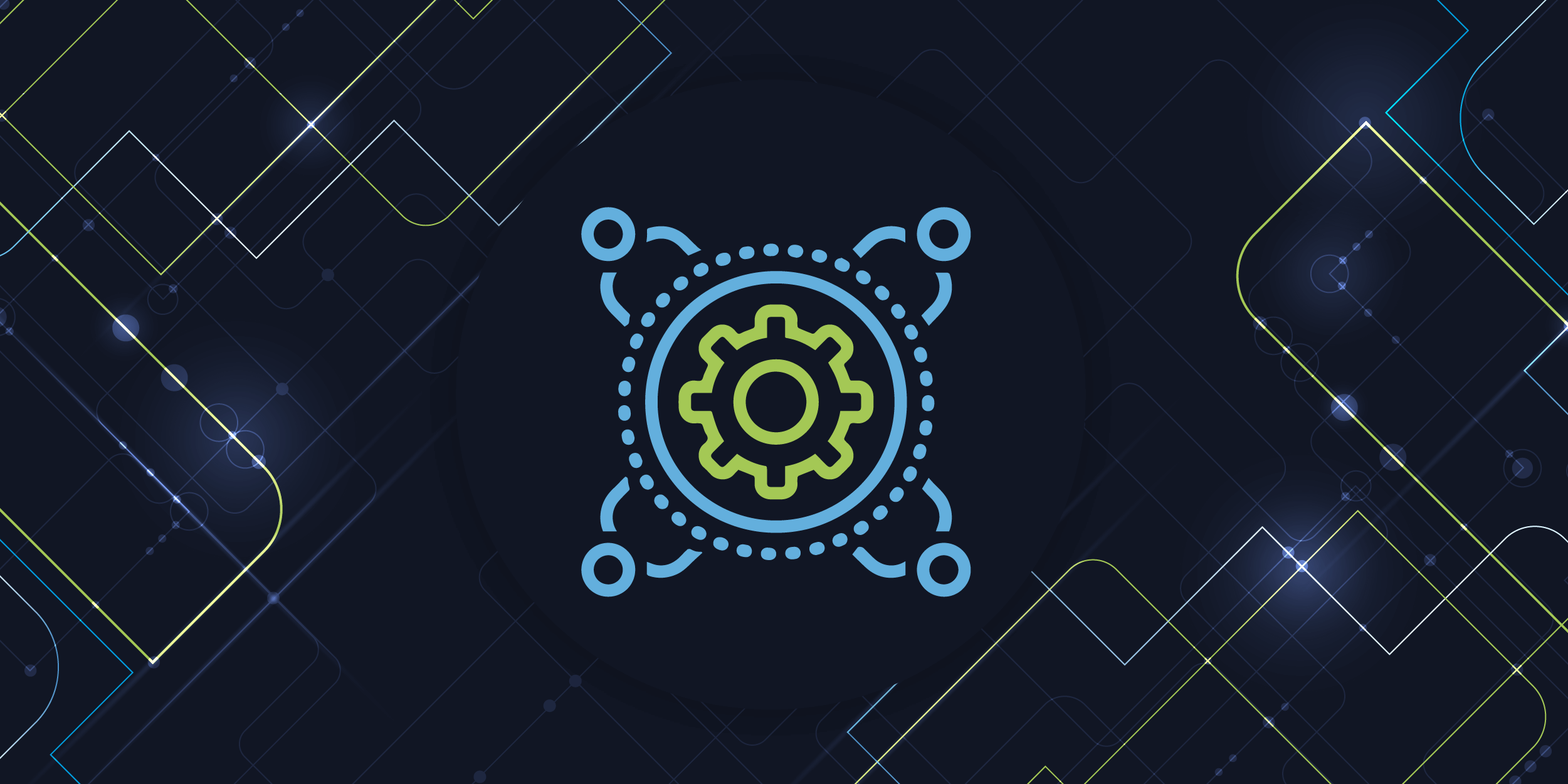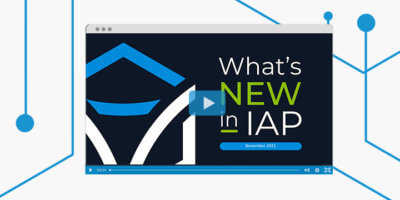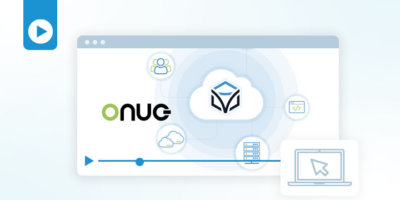Recently, our team at Itential participated at ONUG Fall across a wide variety of different sessions all focused on helping enterprises to simplify automation initiatives across hybrid infrastructure. One of my favorite sessions of the event was an open session hosted by Itential’s VP of Product Management, Peter Sprygada on “The State of Network Automation: Past, Present, & Future.”
As a longtime network veteran, Peter has a unique point of view on the network automation industry that made this discussion with fellow automation veteran, Brad Thornton Lead Architect of Red Hat, very insightful and entertaining. During this short session, they covered a wide variety of topics ranging from the beginning days of network automation, to the source of truth struggles of today, and what’s on the horizon for network professionals.
Here are a few of the highlights they discussed around the evolution of network automation.
The Ghost of Network Automation’s Past: The Difficulties of Getting Started
Every network team has started their journey to automation in the same way – overcoming the biggest hurdle of convincing your organization to take the leap of faith into automation in the first place. This was proven to be an even bigger challenge than getting the technology right. It’s one thing to have a handful of engineers doing their own automation in pockets, but in order to start truly adopting network automation, enterprises have been trying to tackle the obstacle of full organization buy in since day one.
Historically, most organization’s journey start with one practitioner thinking, “What is taking up a lot of my time today and how can I use software to make it happen?” In other words, “How can I speed up my own job, do it faster, and more consistently?” This led to a lot of individuals building their own scripts, then eventually beginning to collaborate with their teammates, bringing us to where we are today – making the transformation from individual automation to organizational automation.
The Present State of Network Automation: The Right Tool for the Right Job
Now that we’re starting to see the pendulum swing with network automation being adopted at an organizational level vs. the individual level, there’s a few interesting things happening in today’s landscape.
According to Brad, “We’ve cracked the mechanics of configuration management, but we don’t necessarily always have a way to react to the need for change.” This leads to a great discussion around the need to have clean data that is driving configuration changes. With all of your device and services data coming from one or more sources of truth, teams need a way to transform that data into a single automation platform. Currently teams have to transform it, send it to a platform and then transform it again to send it back.
Before teams are able to get further down their automation path, they’re facing the challenge of how to deal with their data. Most think you can’t do automation until you have a single ubiquitous source of truth, but that is the wrong approach. You can get started with today’s tools without having to make a huge investment in data science.
We’re all on a tooling journey, and there is no one tool that solves the world’s problems. It all comes down to using the right tool for the right job and having the right team in place to do it.
Looking Ahead at the Future of Network Automation: An Operational State of Mind
Looking ahead, network teams shouldn’t be focused on their own data, but instead they should go to the source of that data. What this means is that it will no longer be about having a single source of truth, but instead multiple sources of truth. The thought here is that teams can pull all of the necessary data in and aggregate in one place instead of having to go find the owner of the data in a single source.
Currently, network teams don’t have a way to react to the need for change and in the future, they will become more focused on their operational state and using that data to validate configuration changes before and after that change is made. This new approach will provide a way for teams to bring their networks back into a healthy state and the ability to make well-informed configuration decisions.
We’re also starting to see more and more organizations embrace a platform approach to network automation, which shows that there’s a movement toward automation becoming a way of thinking, not just doing.
Lastly, Peter and Brad shared what they’re most excited about seeing in the future of network automation. One of Peter’s biggest predictions is that network automation will be brought to the masses. It’s a scary world out there for network practitioners and we need to help them by providing a way to bring everyone together to collaborate on network automation.
You can watch the full session here:
If you’re ready to get started on network automation, create your free Itential account to get full access to our cloud platform and start automating in minutes. Check out the video below to watch the full ONUG Fall Open Session recording.






